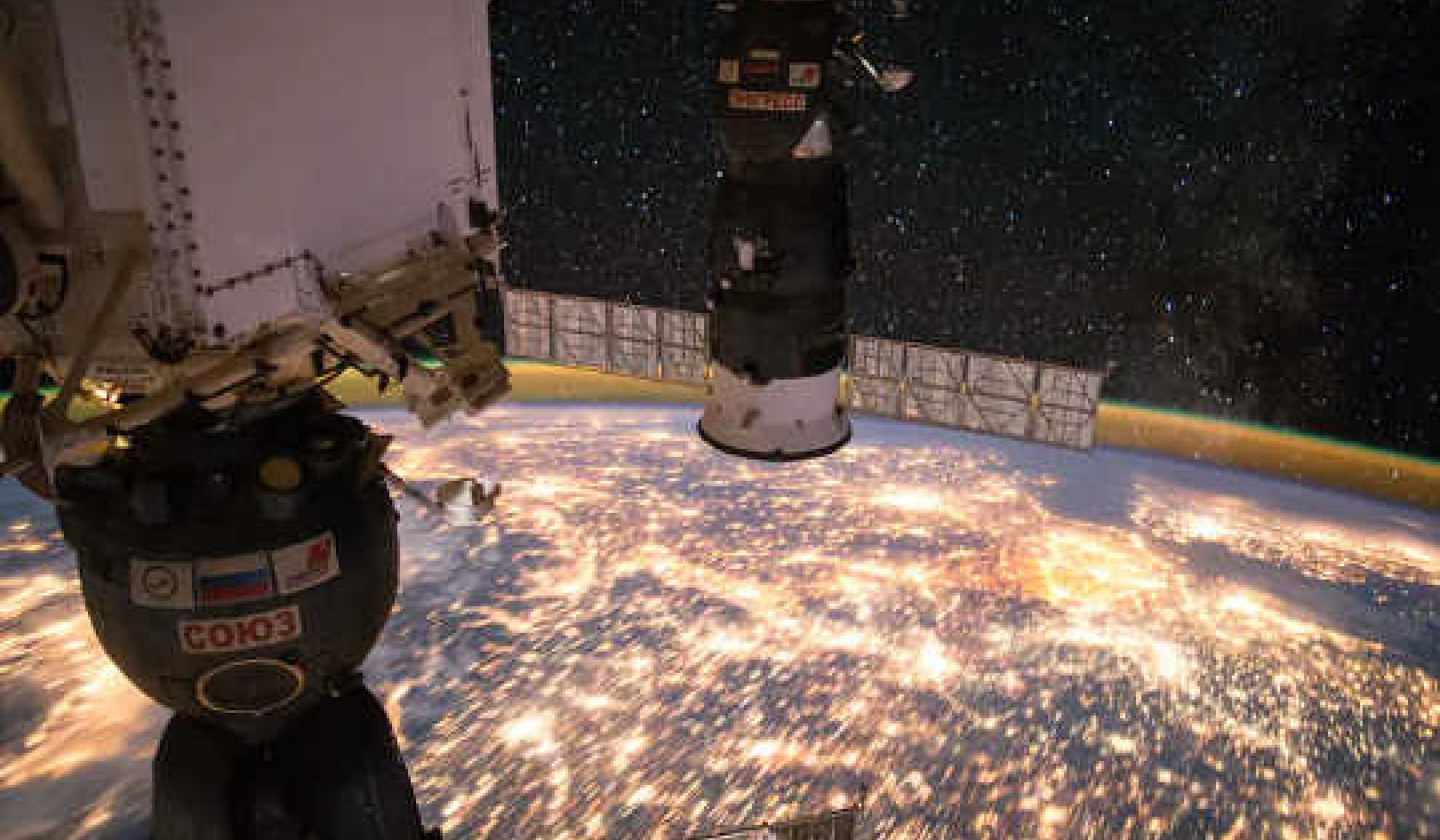
If you let fear of consequence prevent you
from following your deepest instinct,
then your life will be safe, expedient, and thin.
- KATHARINE BUTLER HATHAWAY
Our ego mind prefers safety, routine, and the status quo. It does not want us to step too far out of the front door into anything too new or different. On the other hand, our essential self wants us to stretch, grow, shed what is unnecessary or heavy, and explore this life more fully.
A transition begins with an impulse from the soul to see new terrains and new horizons. We grow, become lighter, and see the world afresh by taking a step into the scary unknown. In a smooth transition, the desire to experience the adventure eventually outweighs the resistance, and thus the adventure begins. We leave behind an old life and move towards something new: we resign from the job to travel the world; we leave a long-standing stuck relationship and let our hair down and explore being on our own again; we move out of the city and experience living somewhere remote and different; we give up the 9 to 5 rat race and start our own business.
Shaking Up the Mundane Routines for Passion and Adventure
The impulse of the soul is always wanting to shake up our mundane routines and lead us forward on the path of passion and adventure. When we follow the adventure, then we feel happy, alive, and exhilarated.
In my own life, I began to close down and seek safety after a difficult and incomplete transition from adolescent to young adult. Then in my twenties, I lived a fairly routine and shallow life, with no sense of adventure. My boat was parked firmly in a safe harbour, and I was not leaving, thank you very much.
When the impulse of the soul began to call me in my early thirties, at first I had no idea what was happening. Then the pain of staying in my safe harbour became too great, and I had to leave. Being out on the high sea felt scary and exhilarating. I had no idea where I was going; I just followed my heart and sailed by the north star. Naturally, my inner critic went crazy, as did other people around me. Others were just reflecting my own unresolved doubts and fears, and as I grew in confidence and certainty these outer reflections just faded away.
The Inner Critic Wants To Keep Us Safe
The inner critic likes to keep us in our familiarity zones. Whenever we get a little too bold or too big for our boots, our critic tells us to turn back, that it is dangerous to proceed, that we should hold onto what we already have, that we should not be frivolous or thoughtless, that we should put others before us, that we should not throw away our career or relationship, even though it keeps us miserable and playing small in life.
The inner critic is driven by our old conditioning. One of its prime directives is to keep us safe. Often, safety means conforming and not shining our light too brightly. Perhaps, the inner critic has us believe that we cannot trust anyone, not even ourselves. Usually, we expect the unknown will be worse than the known, even if our current reality is extremely painful. Fear takes many shapes and forms. We may fear the unknown, pain, defeat, or humiliation, what other people might think or say about us, or exile or rejection.
Taking Risks: The Soul's Impulse to Grow
In a rough transition, the ego mind clamps down on the soul’s impulse to grow, and this can lead to a more explosive and chaotic journey. In a smooth transition, the soul’s impulse outweighs our resistance to take the first step. There is risk with every form of transition; there are no guarantees of the end result. Yet, in a smooth transition, usually we find our fears are not as big as we once thought.
At this point, it is worth mentioning an important distinction between stability and safety. This is something the resistant ego mind does not fully appreciate. Stability is like the mountaineer who climbs a difficult path yet reaches his or her destination securely. Safety is the person who is too afraid or lacks any real motivation to begin that difficult path. Safety seeks guarantees before taking a single step out of the door.
On the other hand, stability plans for the journey as best as possible. With stability, there is the element of confidence and trust. We are confident in our own resilience and resourcefulness, and we trust in a higher power to guide us through.
Safety is a Denial of the Dreams of the Soul
Safety is a denial of the heart and the dreams of the soul. The important thing to note if heading for a transition is that safety can work for a while, but in the long run it rarely turns out to be a meaningful or engaging strategy. I have met many people who put aside a gift or a dream in early life, out of doubt and fear, and then spend years in regret.
A transition is a process that has a beginning, a middle, and an end. The end is really a door to a whole new process and experience of life. A transition helps to complete one phase and open another. Whenever we follow our heart, we engage with a transition that is a journey into the unknown that brings us to a new horizon.
When we leave the confining space of a tight familiarity zone and take off our ego-mind spectacles, we find there is a vaster and more intricate and intriguing world out there than we first realized. To find that world, we must take a step out of our tight familiarity zones.
12 Reasons To Follow Our Dreams
1. Every meaningful dream is a whisper from our highest future self speaking back to us down through time. There are important dreams and journeys that the soul wants us to actualize in divine timing. Every big dream holds the potential to align us with the resonance of our highest future.
2. Just playing with visualizing our dreams helps them feel closer, feel more alive, joyful, and excited. Thinking about our dreams is a great way to lift our energy and psychological state. In contrast, when we think constantly about problems and worst-case scenarios, we depress our energy and psychological state. Our dreams point to a more authentic and meaningful direction in life.
3. When we focus on our dreams, we start to stabilize the desired qualities and vibrations in our energy field. There are no limits to our ability to dream. Each dream we realize becomes a stepping stone for the next. When we don’t dream we are suppressing our desires, and eventually we stop dreaming altogether. Then rather than possibility, we are allowing fear, guilt, or duty to define our life.
4. When we dream, we are telling our unconscious mind that this is what we want to invite into our lives. A dream connects us to the feeling we want, as well as to the experience. Our unconscious mind is a faithful servant, and it will start to organize our reality in line with our desires and expectations. Our unconscious mind is guided by the feeling we want to generate. A feeling of wanting more love, connection, joy, and exhilaration can be manifested in a thousand and one ways. We are not dependent on any one experience or situation.
5. When we follow a dream we start to engage more meaningfully with the life force. We discover and activate our inner potential through the journey. We awaken archetypal energies within us. We become more resourceful and capable as a result of the journey. Even when things do not turn out as expected, we grow in confidence through dealing with unexpected challenges.
6. By taking a step towards our heart’s desire, we learn about confidence, courage, faith, freedom, and trust. On the journey, we learn that fear and excitement are two sides of the same coin.
7. When we choose a dream we also are choosing to let go and say no to anything not in line with this dream. We are freed, and others are also freed to pursue their highest path. There is nothing more exhilarating than breaking through our own sense of limitation and fear.
8. By activating a dream, we begin to synergize our left-brain intellect with right-brain imagination and intuition. The definition of synergy is that the sum of the whole is greater than the sum of the parts. We become more whole and real as a result of the journey.
9. In life, we pass through the stages of dependence and independence. When we follow a heartfelt dream we learn about interdependence. This is about learning to co-create purposefully and meaningfully with others. Achieving a dream can lead to a rewriting of our inner life scripts.
10. Even when a dream does not work out exactly as intended (which is often the case), we learn through success and failure, which are merely two sides of the same coin. Both are forms of feedback that can lead to future goals and projects.
11. When we follow a dream, our Higher Self will begin to organize synchronicities and a set sequence of number of miracles so that the perfect people and situations are magnetized into our lives at the right time.
12. When we actualize a dream, we have something meaningful and real to share and offer to our loved ones. Our successes become an inspiration and resource for others on the path. There is probably no greater gift or legacy you can to leave your loved ones and descendants than actualizing your dreams and living a full and vital life.
©2014 by Steve Ahnael Nobel. All Rights Reserved.
Reprinted with permission of the publisher,
Findhorn Press. www.findhornpress.com.
Article Source
 Personal Transitions: Beyond the Comfortable into the Real
Personal Transitions: Beyond the Comfortable into the Real
by Steve Ahnael Nobel.
Click here for more info and/or to order this book.
About the Author
 Steve Nobel is a co-director of Alternatives - a not for profit organisation based in St. James's Church, Piccadilly, London W1. Steve is also a personal and business coach who specialises in working with authors, creative clients, and individuals in transition in their work life. He is the author of three non-fiction published books and is currently writing his fourth called Big Transitions. He is an interviewer and has many free interviews with spiritual authors available on his website. http://www.stevenobel.com
Steve Nobel is a co-director of Alternatives - a not for profit organisation based in St. James's Church, Piccadilly, London W1. Steve is also a personal and business coach who specialises in working with authors, creative clients, and individuals in transition in their work life. He is the author of three non-fiction published books and is currently writing his fourth called Big Transitions. He is an interviewer and has many free interviews with spiritual authors available on his website. http://www.stevenobel.com

























